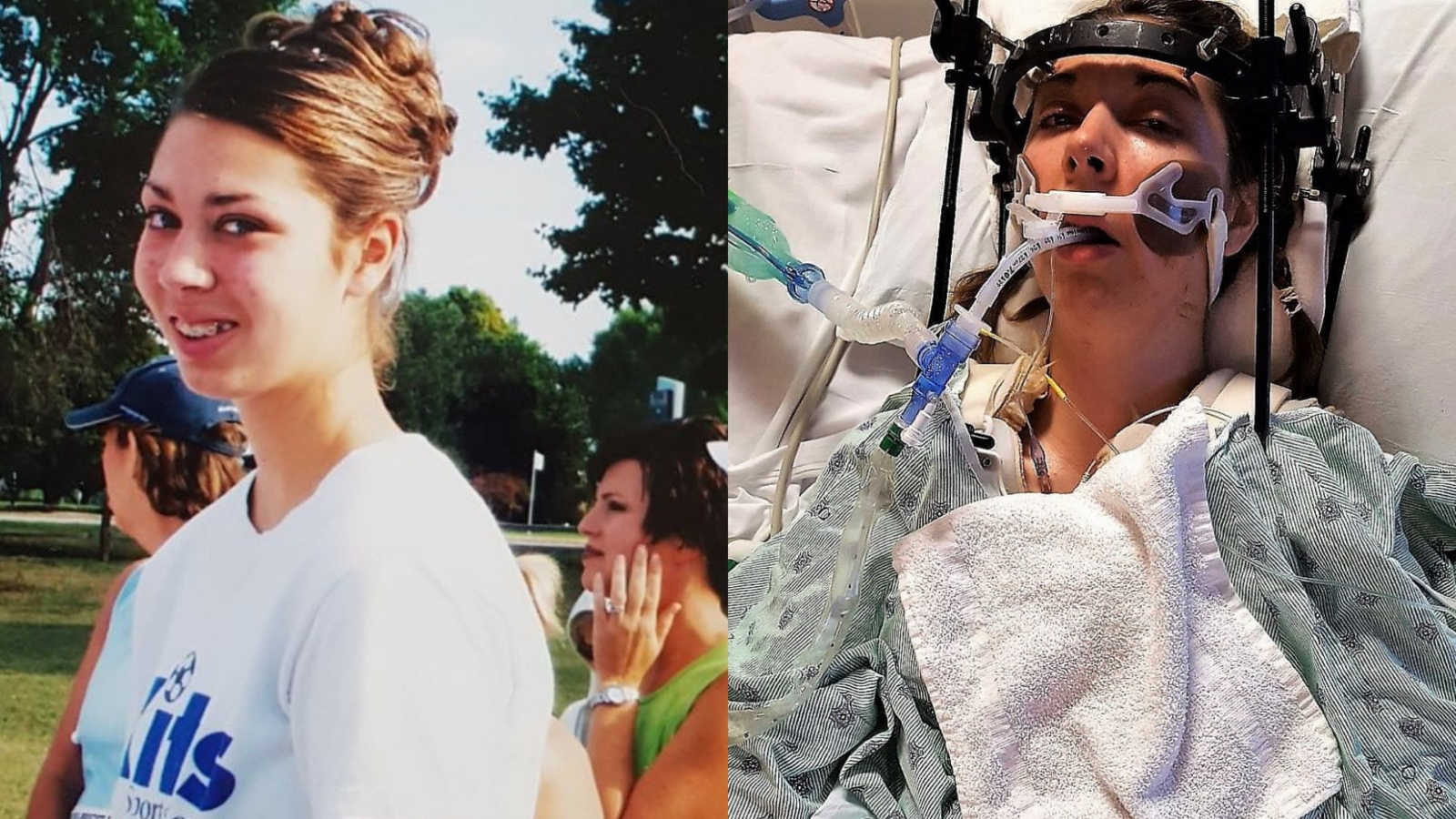“When my medical issues first began at 16-years-old, there wasn’t any way of knowing what it would turn into. It has been the hardest journey even though I’ve continued to smile throughout much of it. It’s either smile or cry. I’d rather smile. I was often told by many, ‘You just need to think positive.’ I believe having a positive mindset is beneficial; however, to be positive all the time is negating what is truly happening. I’m not going to lie to myself and act like every horrible thing that has happened is wonderful when that’s not the case. I never knew the toll it would take on my family, specifically my parents. When I was 30 some surgeries in, I didn’t think my parents would have to see me hooked up to a ventilator with a tube down my throat breathing for me.
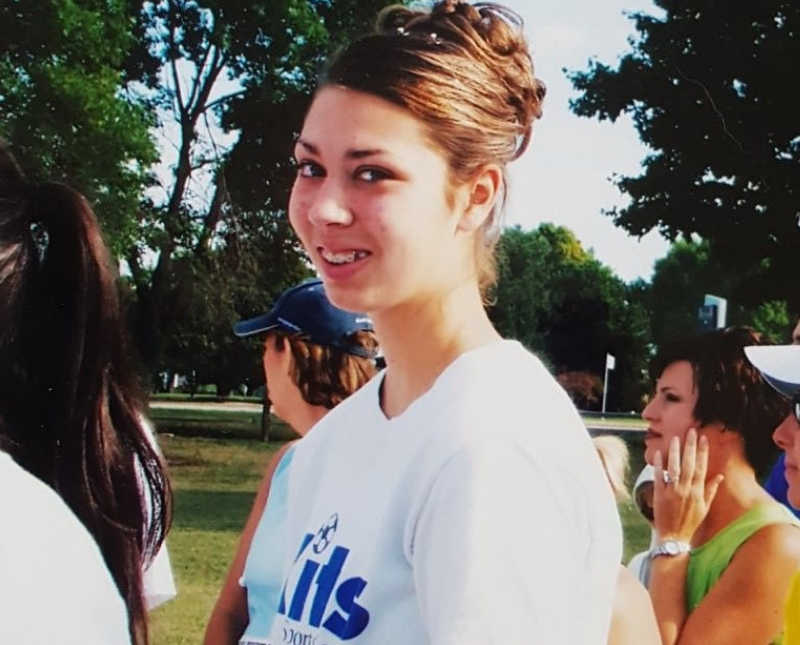
I asked my mom what that was like:
‘Nobody warned me what you would look like until we were walking down the hall. The first thing that came to mind when I saw you was, Oh my gosh, this is like the worst episode of ‘Grey’s Anatomy’ coming true before my eyes. You smelled of anesthesia. You were swollen with fluid from being face down for so long. I saw what you looked like, but it didn’t bother me; I saw past it. I was more focused that you were alive, and warm to the touch. You appeared to be resting comfortably. I was scared to death though. Seeing a machine breathing for you is life altering. I was the silent watcher. I watched every minute of the night. I watched the ICU nurses come in and attend to everything; however, you were so still and silent. It was the oddest, and most eerie experience I’ve witnessed. Appearance-wise I was shocked. Some of your features were unrecognizable at first. Your eyes were swollen to slits. Your lips looked like they had too much Botox. Your hands were squishy from fluid. There were bed sores on your swollen knees, and we would later learn in more areas. As parents all we could do was hope, pray, and trust things would be better come morning.’
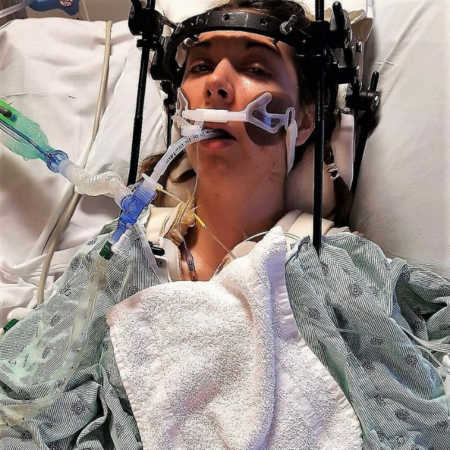
The way I appeared looked as though I had been involved in some major trauma.

‘Were you in a car accident?’ ‘Did you hurt yourself playing sports?’ Just about every single day I get asked how I hurt myself. I’m tall, and I still look athletic despite it being over 13 years since I last played a game of soccer. How do I answer when I didn’t sustain any blunt trauma even though I look like a walking car accident? When you have an invisible illness, it can be awkward and uncomfortable sometimes. I usually try to laugh it off by saying, ‘Don’t I wish I got hurt playing sports.’ Sometimes people are okay with this answer. What happens though when people are a bit more interested and sincerely want to know what happened to you? That’s when I say, ‘Nothing exciting. I have a connective tissue disorder called Ehlers-Danlos Syndrome (EDS). This causes my joints to be unstable. I’ve needed a lot of surgery to stabilize my body.’ It’s at that point when people oftentimes tell me they hope I get better soon. They’re so sincere. I smile graciously because I do appreciate it. It can be hard though because EDS is a lifelong condition and it’s so much more than being ‘flexible’ or having, ‘loose joints.’ Prior to diagnosis so many doctors told me, ‘You’re collagen deficient’ or ‘Your tissue is stretchy.’ EDS can cause problems with every system in your body due to faulty collagen which is like the glue that supports everything. One can develop many comorbidities as well. EDS is something I’ll deal with at varying degrees of severity the rest of my life because it is genetic, and at this time there’s no cure. It’s a chronic journey. It’s not stagnant. It’s like a chameleon that changes and has no bounds. It has been extremely hard the past several years but I’m hoping things will eventually improve to a point where I won’t require as much surgery.
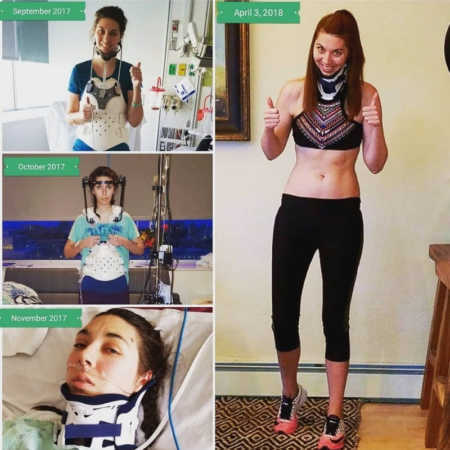
What’s it like to NOT have surgery? I’ve had 35 various surgeries for my joints. Since it took 10 years to be diagnosed, I didn’t know surgery was a last resort in EDS patients due to healing problems. Of those 35 surgeries, 22 of them have been on both my shoulders/shoulder blades. How did I injure them? Crutches. No, you didn’t read that wrong. I was on crutches for a total of 16 months while carrying a heavy high school backpack. The motion required to use crutches and carry my backpack sheared the muscles off both of my shoulder blades. This should not have happened. If I didn’t have EDS my muscles would be much stronger, and not as fragile. I had excruciating scapular pain. I couldn’t believe I had to deal with upper body injuries when I had just finished enduring 5 surgeries on my legs from Feb. 2006-March 2007 during my junior and senior years of high school. Surgery was necessary on my R. ankle, 2 on my R. knee, and both hips. I initially hurt myself on Sept. 21, 2005 playing flag football in high school gym class. I jumped up to try to catch a football I knew was too high. Despite knowing this, my competitive nature grabbed ahold, and I couldn’t not try. It’s a decision I sometimes wish I could take back because my body has never been the same since. That landing was my catalyst that made EDS apparent. My muscles weakened from lack of exercise and my joints became unstable. If you fast forward to where I am today you can add six spinal fusions, and two halo brace applications to the crazy list of surgeries. I live with chronic pain.
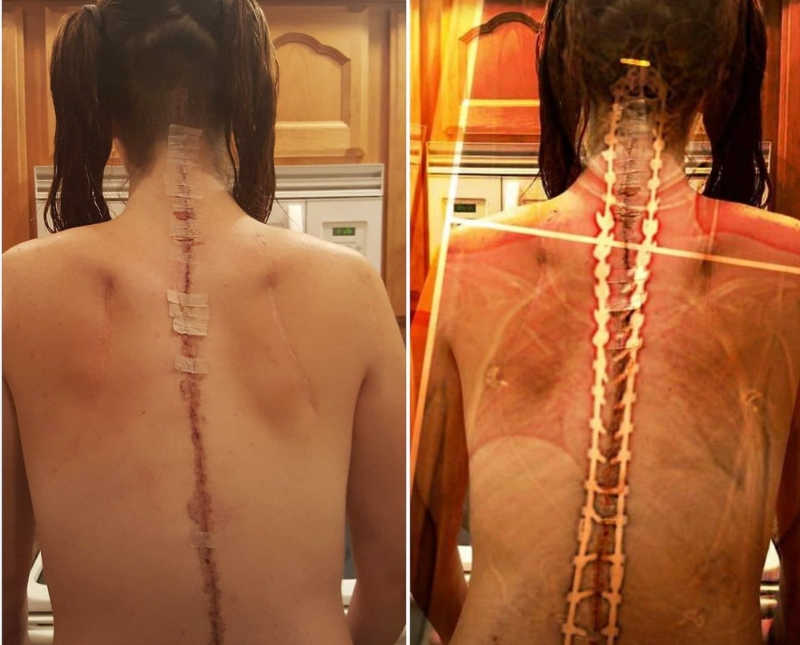
What’s it like to NOT have pain? It is weird on the rare occasion that I have a day where my pain is below baseline. It throws me off, and I don’t know what to do with myself. My life revolves around my body, physical therapy, doctor appointments, and surgery. I try my hardest to not let the medical dictate my life but sometimes there is just no winning. It’s important I remember the medical doesn’t strictly impact my life. It impacts my family’s life too. Sometimes the frustration that I get is taken out on those who love and care for me most because they’re in the line of fire. Guilt then arrives and I feel bad for whatever it is I may have said or how I acted. Severe pain does that sometimes. It’s not an excuse but it happens. I’m human. I know I’m lucky to have an extremely supportive family with the consuming medical. You’d be surprised how many don’t have the support, and it’s sad. My family has always been by my side.
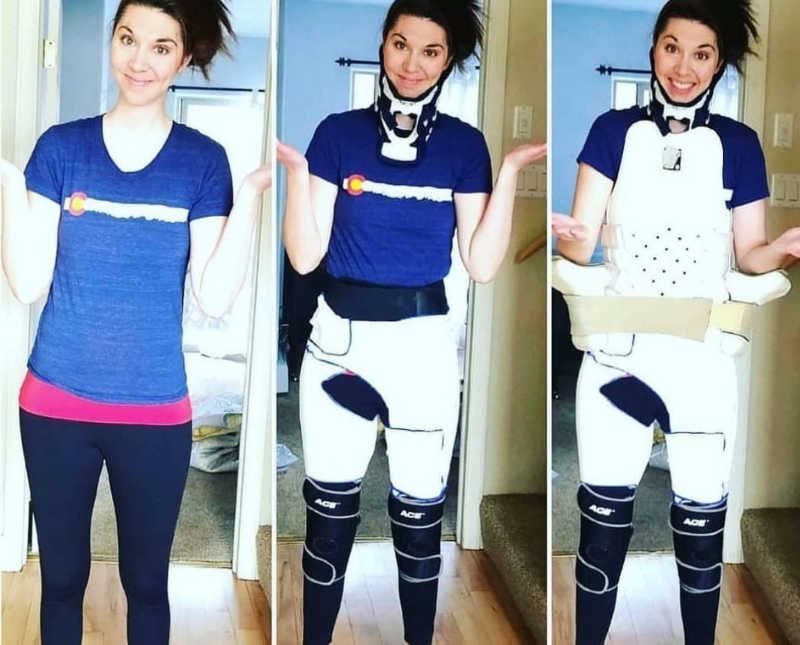
The life I had planned wasn’t meant to be. I’ve been trying as hard as I can to take the experiences I’ve dealt with and use them in a positive way to raise awareness for a syndrome that isn’t commonly known in the medical community because no 2 cases are the same. If I can prevent one person from going through what I have then it’s a win. When people say I’m, ‘Inspirational’ it’s sometimes awkward because I don’t think of myself that way. I’m just sharing my story because I’m young, sometimes use bracing, have a handicap placard, and spend a lot of time in hospital environments just like many others.
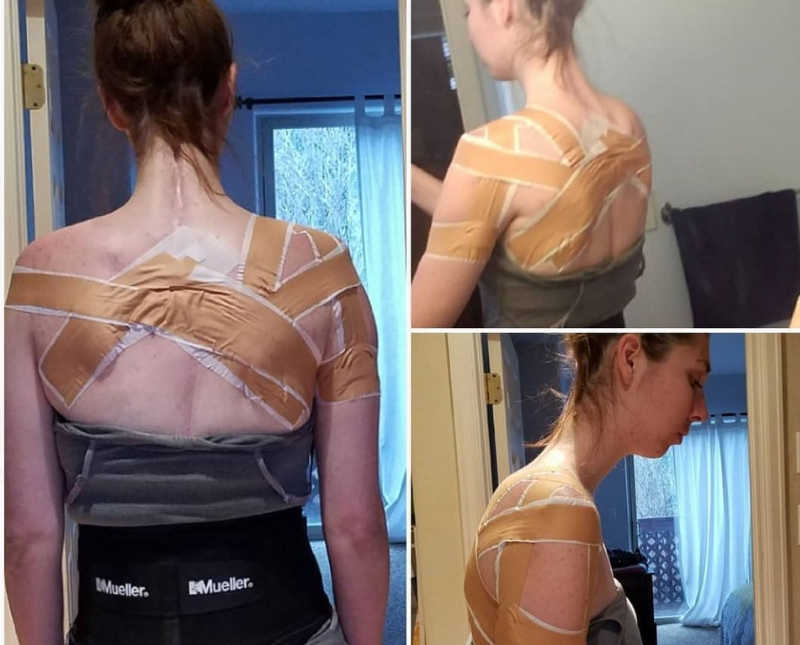
I wish people would be kind and give the benefit of the doubt to both young and old who are moving slow, using a handicap parking space, a mobility aid, etc. It’s not your job to judge. Majority of us are already self-conscious and get nervous about what others will think. We’re not making our symptoms up. EDS can be an unpredictable beast. Just because a person looks healthy, doesn’t mean the inside of their body is. People usually want to present themselves as healthy, competent individuals. That’s part of the reason why invisible illness is hard to identify; so many of us are really good at hiding the pain we’re in. Life with EDS isn’t easy. I’ve learned you have to find daily joy while in the middle of the storm as you try to live your life.
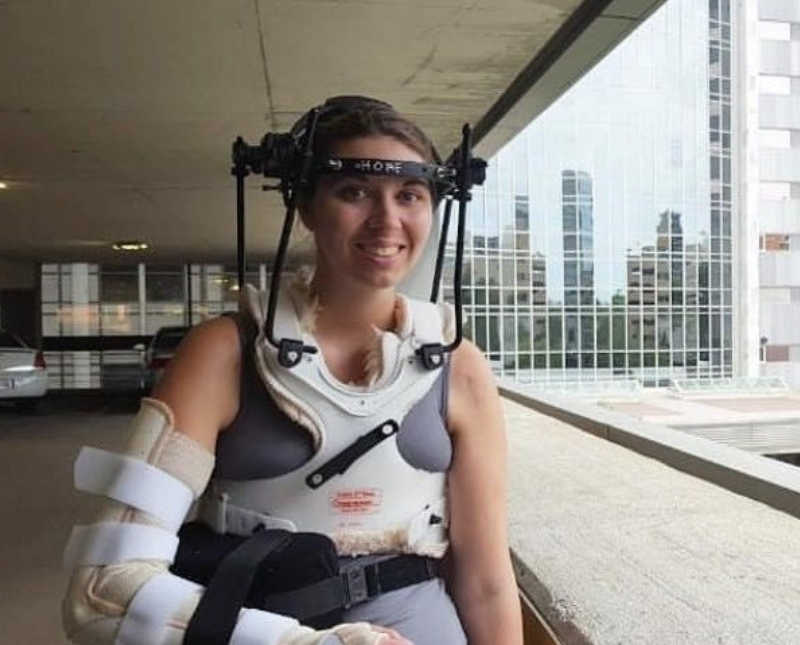
Christopher Reeves once said, ‘A hero is an ordinary individual who finds the strength to persevere and endure in spite of overwhelming obstacles.’ I don’t consider myself a hero but somewhere along the way I have found the strength to persevere and keep moving forward even when I felt like I couldn’t. Being vulnerable has shown me it has the ability to give others strength, hope, and encouragement.”
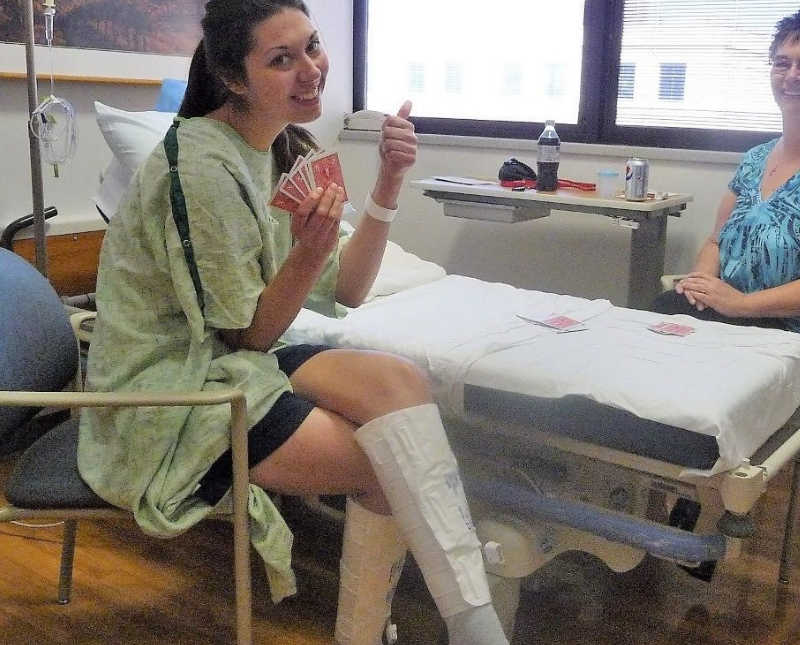
This story was submitted to Love What Matters by Megan King. Follow her journey here. Submit your story here. For our best stories, subscribe to our free email newsletter.
SHARE this story on Facebook or Twitter to let others know there is a community of support available.

